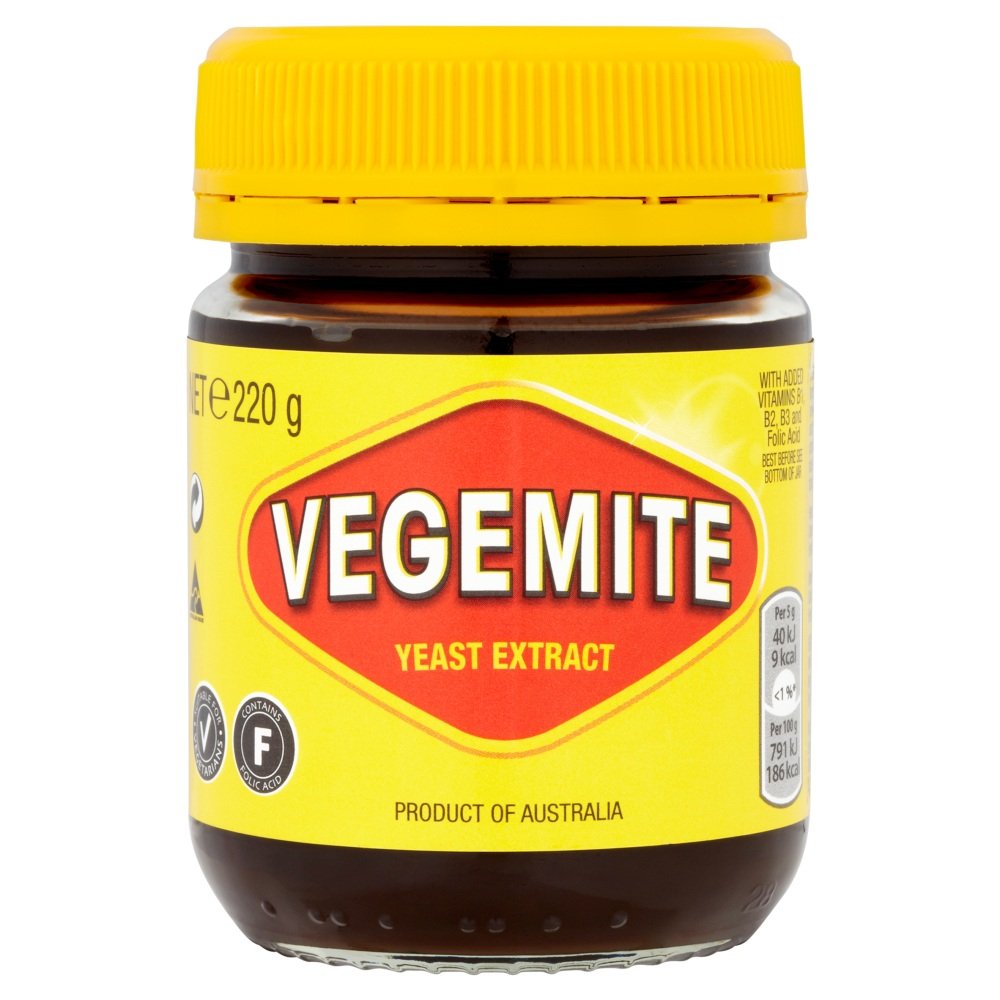3x25mm, TX10
UPDATE: I ran out and went and bought another pack of 200.
Pretty sure they are metal.
Sorry, I’ll see myself out now.
Strong exhale
The huge air gap is there so that they don’t get crushed during transport. Just like bags of potato chips.
I presume you’re joking, but the air space is actually there to make the box satisfying to shake. That’s why staples (which no one wants to shake) are in tight fitting boxes.
Torx, nice.
Most general purpose screws you find at the hardware stores here in Norway are torx.
ok little mister perfect!!!
I think it has to do with patents and royalties
The last related patent for Philips expired in the 60’s. No royalties are required since then. Also, the patents were filed with USPTO, which nobody outside the US care about.
Exactly, phillips heads and others still being on patent, but not torx. Therefore torx being the budget option.
Exactly the opposite. Philips screws are no longer patented.
Also, no wood screws in Europe are Philips anyway, they’re either torx or pozidrive
Pozidrive and Philips are equally shit, and don’t forget that there are slotted screws as well. (Torx FTW)
In that case, I’m completely wrong :)
Um, this is supposed to be dull, not awesome.
seriously! i was wowed by this post, haha
They’re threaded all the way to the top, so they’re mediocre.
Awesome screws don’t have threads in the first piece of wood. That way, they’ll pull the boards together as it free-spins in the outer board and tightens the second board.
Threads all the way through can leave a gap in your joint.
This guy screws.
deleted by creator
Why torx out of interest?
(not OP) Because
PhilipsPhillips sucks and I will die on this hill. It is way too easy to cam out and strip the head. It is the second worst commonly used head, only marginally better than the flathead. Pozidriv is better, but only by a little.Torx doesn’t cam out. Hex doesn’t cam out. The Robertson head (square cross-section, popular in Canada) doesn’t cam out.
I think I’ve known the truth of this for a while, just somehow convinced myself that torx was harder to come by or something. I’ve done a lot of DIY and for most needs Phillips is fine (and posi if you have the exact right bit attachment) It’s just that occasional awkward one where you end up stripping the head slightly (and end up having to push harder on the drill to avoid this happening) isn’t actually as “occasional” as I’d like to believe and was actually quite common, and annoying. Flat head screws should be cast into the 5th level of hell from whence they came. I have no idea why anyone would voluntarily use them, let alone in a situation that necessitates an electric screwdriver rather than carefully carefully doing it manually to avoid the head slipping out of the slot. It’s so infuriating I can’t believe they exist.
Guess what I’m saying is torx has always kind of been the obvious answer. I had a garden project recently where I needed 15cm screws and only torx variety were available, because they knew you needed the extra torque.
On reflection am just surprised everything isn’t torx as standard…
My perfectly factual opinions notwithstanding, there are other factors that prevented the total dominance of Torx, and somewhat kept the flathead around.
The first is simple metallurgy. The Robertson was a direct competitor to the Phillips, but punching a deep, straight-sided square hole into the head subjected the metal to a lot more stress compared to the angled cruciform of Phillips. It made the head brittle and the screw worse overall. This is a non-issue with modern manufacturing practices, but it was a significant factor decades ago.The second is a saying that applies to most fields of technology: standardized is better than perfect. I still groan in frustration whenever I encounter a pentalobe or tri-point screw because I never have the correct screwdrivers at hand. It was the same situation with Torx about 10-15 years ago. It proliferated since then, and all of my sets now contain several Torx bits. I believe it will overtake the Phillips with time.
(edit) I was incorrect in the first point. The original square head screw was invented in the USA and used a flat-bottomed die to stamp the recess into the head, which is what caused the brittleness. Robertson’s die has sloped walls and a bottom that tapers into a point (like a short obelisk) that mitigated this weakness somewhat. The real reason the Phillips came out on top is because Henry Ford chose it over the Robertson.
Yes, if torx and Phillips are sat side by side at more or less the same price point then it seems like a no brainer. Maybe it’s just a matter of time.
Is that what the issue was with Robertson? That would explain a lot. An old coworker described them as the fastest way to shear a head. They did strip out sometimes but usually you didn’t have to worry about it because the head would snap off first.
And wasn’t that decision because of a licensing disagreement? I remember seeing a post about this recently.
Flat head screws should be cast into the 5th level of hell from whence they came. I have no idea why anyone would voluntarily use them
iirc they were designed in the middle ages to keep the knight’s armor secured.holy crap they’re from somewhere around the 8th century BC.
So . . . yeah it was a good run, but we got torx now, and also gameboys and EVs and cheap and plentiful [your favorite beverage]. To improvements!
Podcast idea: Two casual DIY guys with a beer each name and shame fixtures and fittings still being sold with flathead screws and lament the slower adoption of better screw head forms. We’ll call it “Torx Talk”.
Okay, but only if there’s a shit ton of laughing.
You and this post have made me ask myself why on earth I’m still routinely buying Philips head screws.
Ha. It’s not much of a hill. Torx is so obviously superior.
If anyone spends a minute with a drill/impact driver and some phillips vs torx wood screws, that person will never buy phillips again.
I also have like 50 torx bits now since every box of word screws comes with one.
Robertson seems to be the only option for pocket hole joinery. i find that they do cam out. Wish they were just torx.
This post is weird to Canadians. I’ve never seen a wood screw without a Robbie head before.
Robertson remains king (at least for wood screws) in Canada because Robertson is far superior to Phillips for most things. Torx is better than Robertson but not by as much .
LOL, you can strip a Torx with enough willpower!
Only times I’ve broken one was on the 3rd or 5th use of the same screw. That’s one of the main reasons Torx is all I use. I can strip them from projects when the wood rots.
Hex, especially in lower quality fasteners, has a tendency to round out.
Fair point. I’ve never had one round out, but I see how the low contact area and flat angles could do that.
I worked on a light sport aircraft imported from Eastern Europe that was held together with a lot of metric cap screws instead of hex bolts. These wanted to be torqued to similar values that AN Standard Steel bolts wanted for their size but the drive is 5 times smaller, so it tended to be the point of failure. Worked out okay I guess because the head would round out instead of ruining the threads so you could usually get a pair of vice grips on the head to remove the bolt.
Also came to ask this. TIL, thanks!
Flathead is great. It is most flthead screwdrives that suck. Treat yourself to a parallel groud screw driver and you will change your tune.
note that I said screwdriver note bit. Flathead must be driven by hand. With the right pilot hole this isn’t hard. In proffessional settings they demand the speed and process reduction from self tapping power driven screws but I’m not in that situation.
Even when driving by hand flathead suck. I worked as an electrical apprentice I have a lot of experience with every screw type. Flathead suck in almost every single application. The one saving grace they have is if the head gets covered in something like dirt or glue or silicone. It’s super easy to clean out the slot and use the screw again. If your Phillips or robby screw gets full of dirt it can take a while or even need a special pick to clean out the hole and get it going again. I’ve heard that on old ships this used to very important because the water would put grime on the screws and build up overtime. With big flathead slots you just use your screwdriver to clean out the gunk and screw away. I am Canadian and so love the robby. But it’s a bitch to clean if it gets full of shit too, not as bad as Phillips though. But the robby doesnt cam out, doesn’t strip. Lasts the longest by far, every other bit will be chewed after a couple months of electrical work in an impact. I can get 6 months to a year out of a high quality robby bit. Ten thousand plus screws. It also holds a screw well to get into hard to reach places.
Idk which screw is the best. But flathead isn’t even in the convo.
Nah. Even with a the correctly sized bit on a manual screwdriver it’s a pain. One hand drives the tool, the second is playing hand twister trying to ensure perfect axial alignment of the tool:fastener:workpiece interface. Plus it is terrible at ‘holding’ fasteners in place on the bit before insertion, even Phillips heads are okay at that when not magnetized.
Unless you physically cannot fit a more complex head geometry on the fastener because it’s super small, we have better options nowadays.
Sounds like you have never used a good flathead screwdriver. Most of them are cheaply made and so have that problem. With a good flathead screwdriver that problem doesn’t exist (they don’t need to be in axial alignment). I’ve had the pleasure of using a good flathead screwdriver exactly once in my life - even the expensive ones are typically made wrong and have all the problems you state.
To add to the other explanations - Philips was designed to cam out to prevent over-torque during assembly work.
That’s just a myth. From the 1935 patent US2046839A by Phillips Screws Co.:
As pointed out in said prior application, one of the principal objects of the invention is the provision of a recess in the head of a screw which is particularly adapted for firm engagement with a correspondingly shaped driving tool or screw driver, and in such a way that there will be no tendency of the driver to cam out of the recess when united in operative engagement with each other.
Another object of the present Invention is to provide a screw head with a tool-receiving recess’ which may be produced by a simple punching operation and at the same time preserve all of the desirable virtues of the screw head and the recess therein, and which results in certain additional advantages, namely, the screw head is left stronger near the outer edge than heretofore possible; the recess firmly and adcurately receives the driver and causes the driver to centralize it self with respect to the screw head.
The head was designed to be cheap to manufacture by cold-forming the metal.
Because it’s what most general purpose screws come with here. Also because it’s the superior head.
That’s nothin, last week I saw a dude stir an entire bullion cube into a cup of water.
Some people are made of money.
If you live in the US, this might be a good investment, before the tarriffs set in.
Living large!
Do you also have a collection of gently used wood screws? I keep mine in an M&Ms container
I keep my collection in the walls, mostly. Some in the furniture.
I have a plastic organizer bin for shorter ones and some pill bottles for the long ones
Self-tapping too! Nice 👍
Aren’t all wood screws self-tapping?
Technically no, just with modern tools (like impact drivers) we can make even crappy screws self-tapping.
Those are self-drilling.
Even came with the bit, nice. I can never find the T25 when I need it. It’s the 10mm of woodworking.
Tx25 is by far the bit I use the most. That’s why I always make sure to have extras.
I’ve never even seen a single screw like that here in Canada. We mostly use Robertson bits (square hole) which was invented in Canada and laugh at the US for the little feud with the Ford motor company that eneded up with them using the Philips bits (plus shaped hole) for their stuff. But then all their culture leaks over here anyway and most things use Philips anyway. Construction is pretty much all Robertson.
I’ve used Robertson a few times. They’re quite nice, and I prefer them over philips, but its strength is also it’s weakness: The square hole allows for a lot of torque, but punching that square weakens the head and makes the screw head more likely to shear off.
I have but a single T25 and I guard it with my life. It always goes back in the altoids tin that has “bits” written on the masking tape on it.
Now if only I could find said altoids tin.
I solved this by buying a couple packs of torx bits on Amazon. All T25 because I had the same exact problem lol.
Surprisingly good for 8 bucks.
I got a 10-pack at Harbor Freight. Very nice.
Hey those are way too interesting. You know because you attracted my attention while scrolling through “All”
You’re screwed now buddy.
This is what this sub’s about!
Good on you, king









